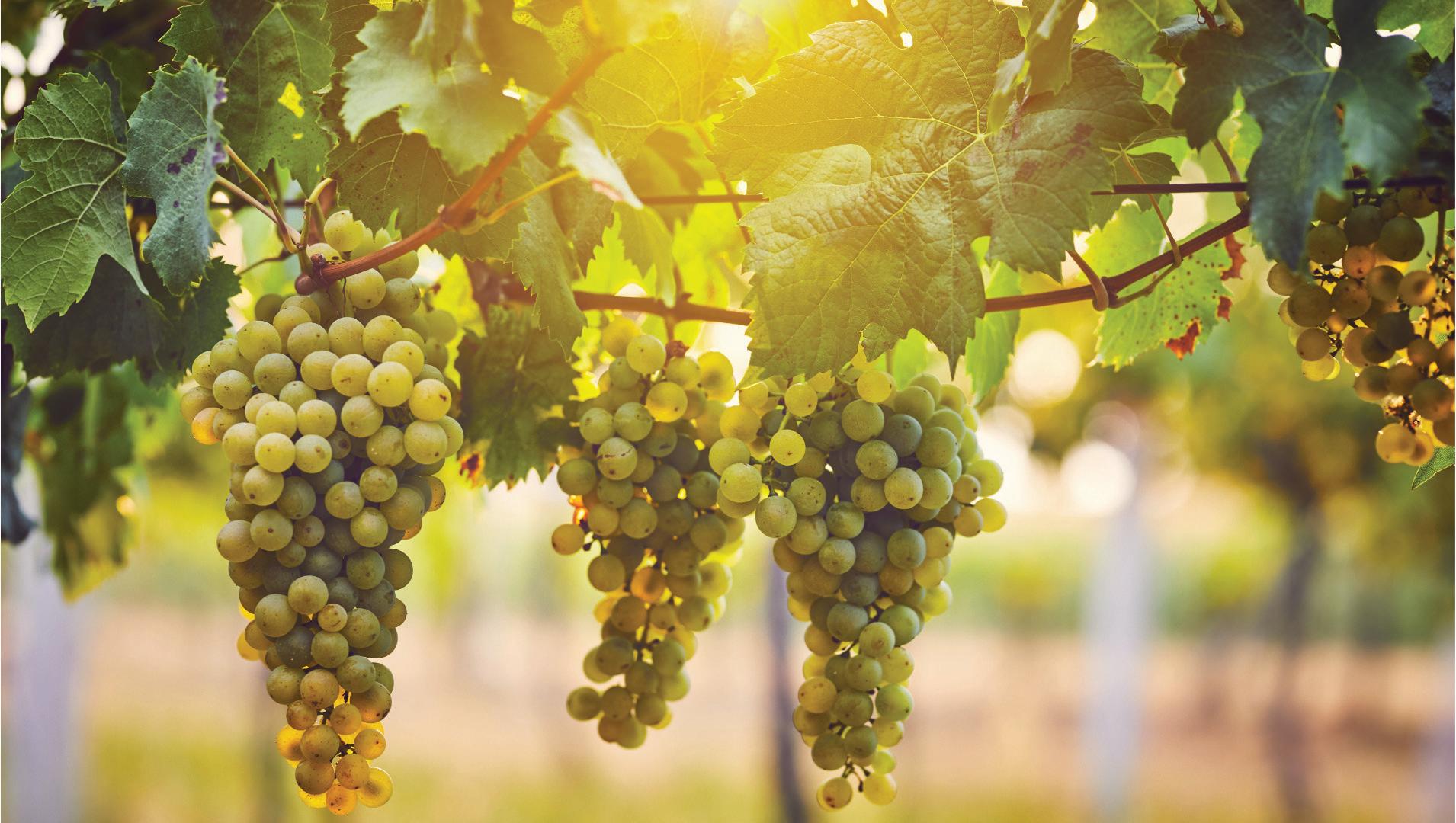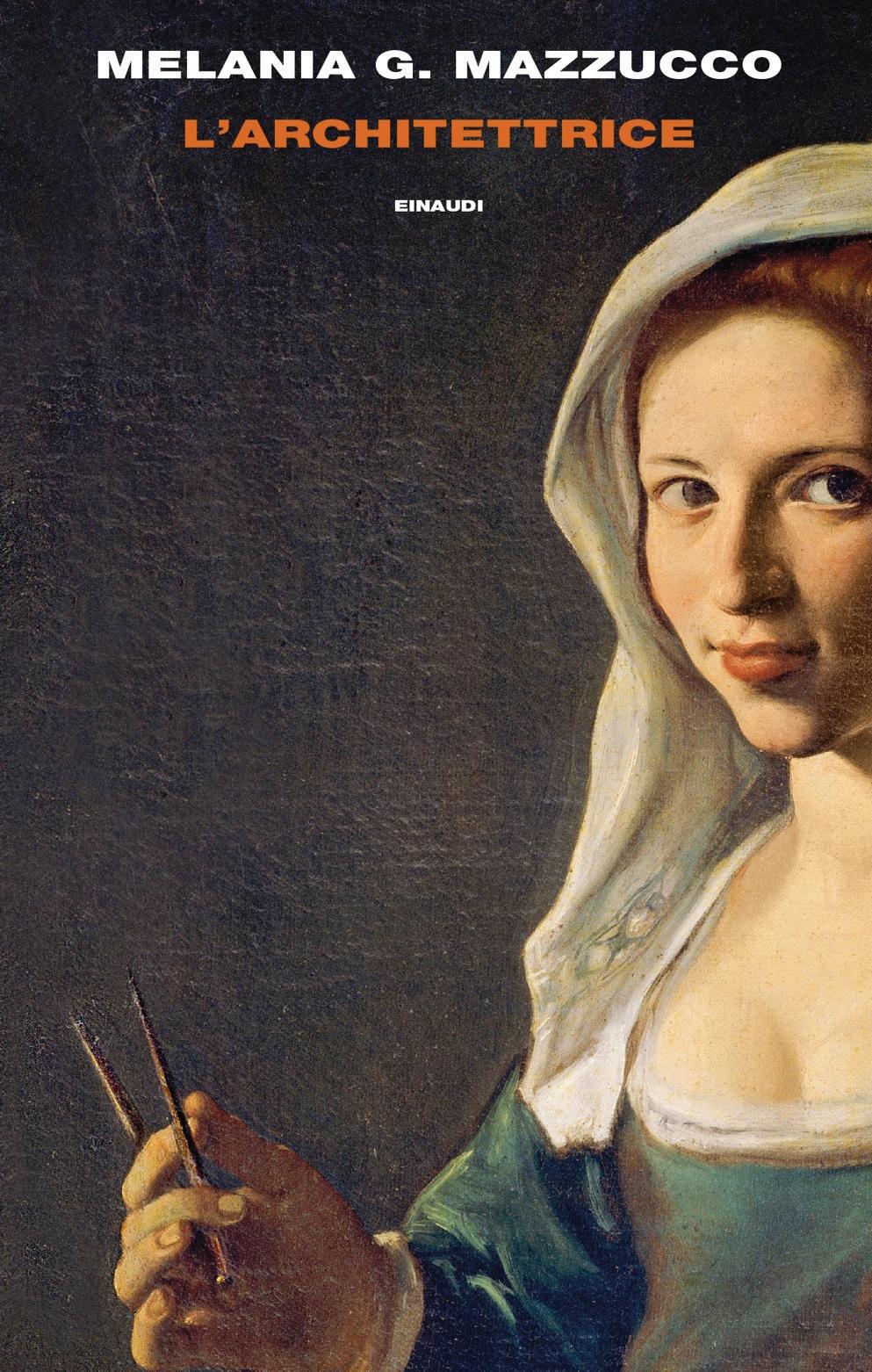
3 minute read
A High-Tech Shock
for High-Value Traditional Italian Agriculture
by Stefano Riela
Advertisement
If in this very moment you are enjoying a traditional Italian Aperitivo, it is probable that you are surrounded by red and blue dots. Take a close look at the packet of your Parma ham and on the label you will spot a red logo that reads “Protected designation of origin” (PDO). You will find the same symbol on your Prosecco bottle. If instead you are accompanying the Chocolate of Modica with a glass of Grappa or limoncello, the logos are blue and read “Protected geographical indication” (PGI). Those symbols have been adopted by the European Union as geographical indications (GIs). The main function of GIs is to identify the origin of goods, as they point to a specific place of production that gives particular characteristics and qualities to the product. This uniqueness linked to a terroir is generally the mix of physical characteristics as well as human factors such as knowhow and culture. The red logo is for PDO products, the ones with the strongest connection to the place where they are made. Every part of the production, processing and preparation must take place in the specified geographical area, and the products must adhere to designated specifications. PGI products use the blue logo and for them, it’s enough that at least one stage of production, processing or preparation takes place in the specified geographical area. Nothing in GI rules prevents anyone anywhere to produce balsamic vinegar adopting the same techniques specified for Aceto Balsamico di Modena (PGI) and Aceto Balsamico Tradizionale di Modena (PDO). However, producers outside Modena cannot use those names or the blue
71
and red logos. In times when globalisation and its over stretched value chains have cancelled political geography and lowered the obstacles posed by physical geography, GIs allow consumers to make a more informed choice and producers to differentiate their products. Among the 3,304 GIs registered in the EU, more than 26% are Italian. Italy, in fact, sports the largest portfolio of GI products(870) followed by France (743) and Spain (358). Along with the products already mentioned in this article, other household names are Prosciutto di Parma, Grana Padano, Parmigiano Reggiano, Mozzarella di Bufala Campana, Gorgonzola, Aglianico del Vulture, Prosecco, Dolcetto d'Alba, Primitivo di Manduria, Brunello di Montalcino, Mirto di Sardegna, Vermouth di Torino. Other famous European GIs are Greek Feta, Cypriot Halloumi, French Champagne, Spanish Queso Manchego. The more successful a GI is, the more likely it is exposed to misappropriation and counterfeiting. The EU is committed to “exporting” the protection granted to GIs at home, at international level also via bilateral trade deals such as the ones with Canada, China, Japan, South Korea, Vietnam, Singapore, Australia and New Zealand (the last two still under negotiation). Notwithstanding this legal framework, cases of counterfeiting can jeopardise consumers’ trust, a prerequisite for a GI to thrive. Enter the blockchain. This is a technology that creates a set of information that anyone can see and add to, but cannot retrospectively alter thanks to the use of decentralisation and cryptographic hashing. The blockchain can track things like medical records, land titles, votes, and, of course, supply chains. The latter involves frequent transactions as products flow to market, so a complete and accurate record of those transactions is important. Due to strict specifications of GIs, blockchain - especially when it records relevant information such as location, people involved, temperature, humidity - can strengthen trust in a product’s origin, authenticity, and quality. In Italy there are already some pilot projects that use blockchain in agriculture such as the one developed by Tokenfarm, a firm owned by Coldiretti, the national agriculture entrepreneurial body of Italy. Farmers will be required to make a digitalization effort to convey all the information that defines a GI and that builds its value in the perception of the consumer. We cannot hide that there is a trade-off between the effectiveness delivered by the blockchain (the security of the information provided) and its efficiency (the energy required to manage its transactions). But we still believe that this new technology is a game changer for consumers that are placing more value on knowing the source of their food and how it was produced.
72 BUSINESS & TRADE










